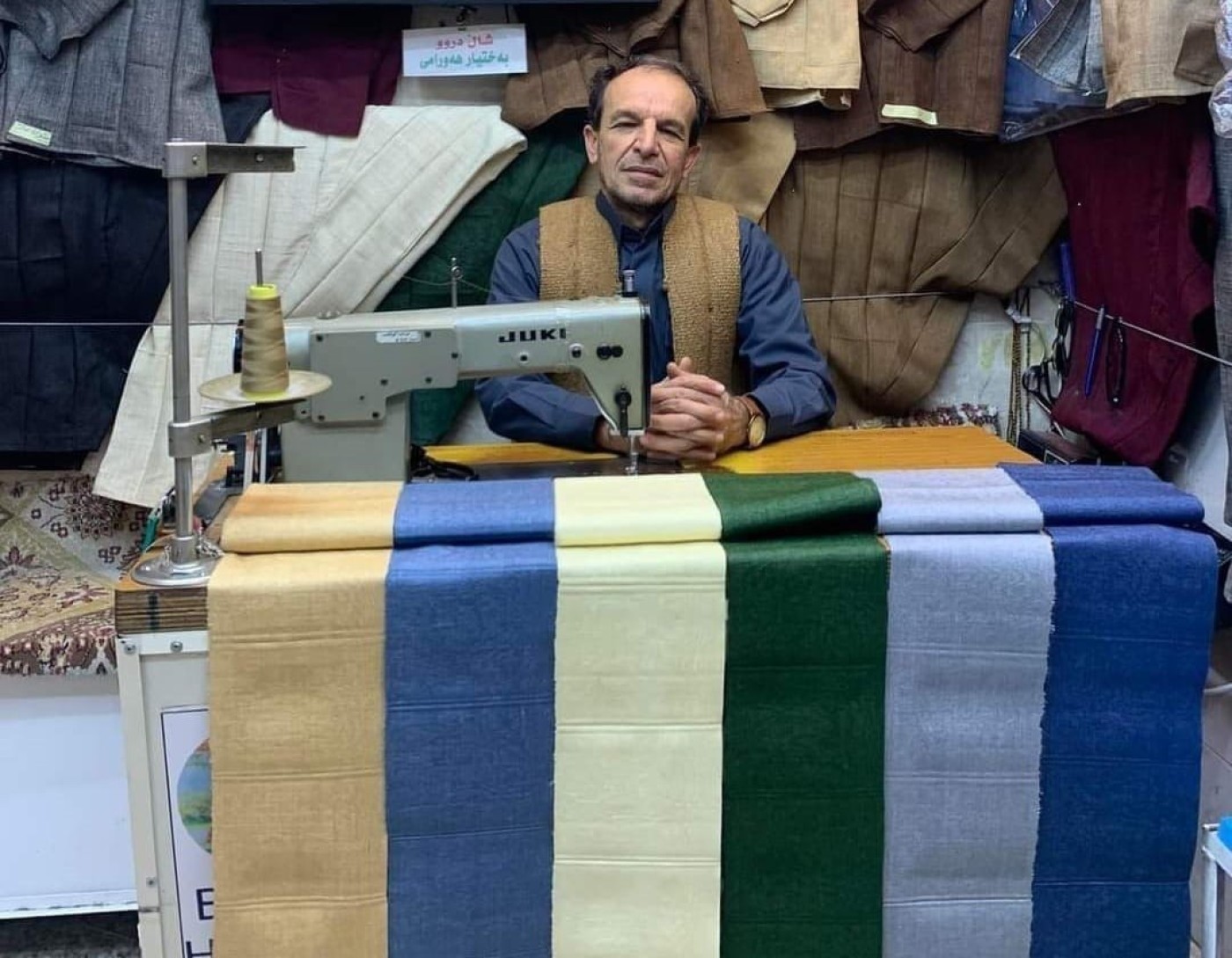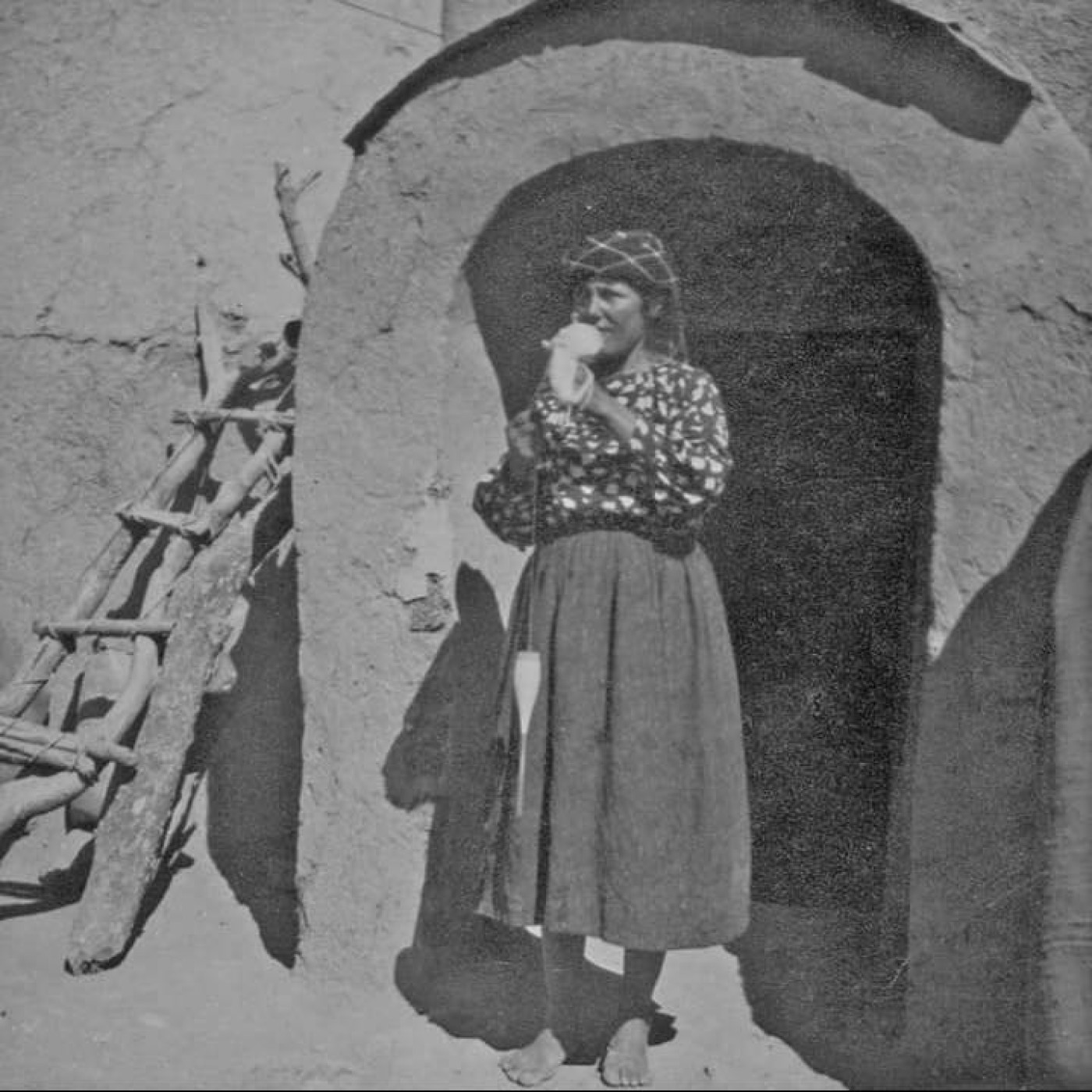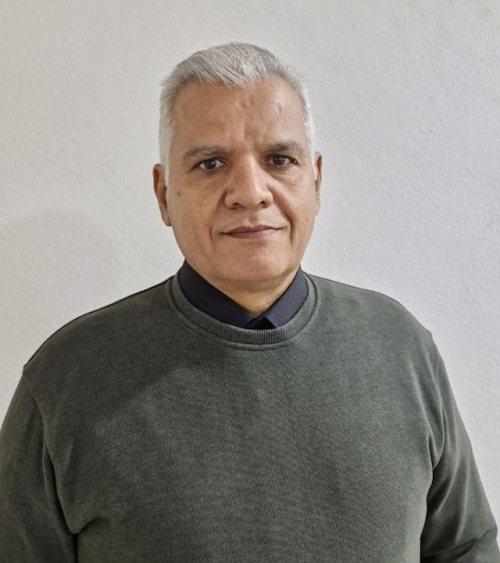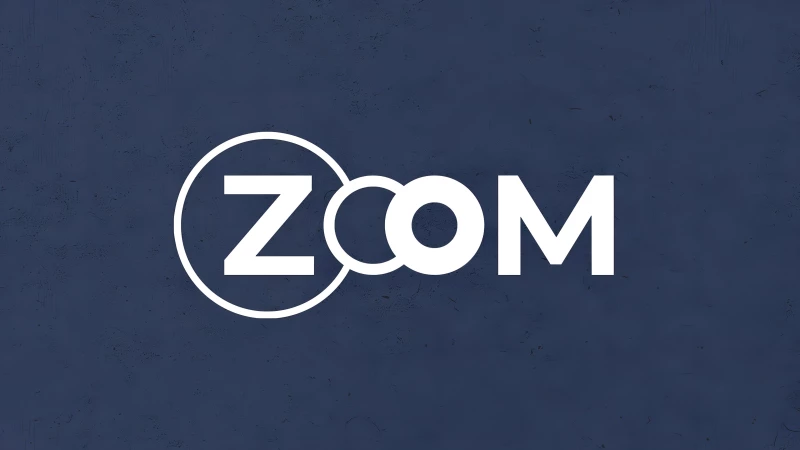The Shal Shabak is a meticulously hand woven traditional Kurdish garment. Crafted from goat hair, it has long been a cornerstone of Kurdish heritage and cultural identity. As Western fashions seep deeper into local malls and markets, the Shal Shabak remains the ultimate symbol of local elegance.
Albert Khoshaba is dedicated to the precise craftsmanship of Shal Shabak, catering to the preferences of clientele who travel from all corners of the Kurdistan region and even from abroad to acquire his prized pieces.
Safeguarding ancestral craftsmanship
For years, 33-year-old Albert Khoshaba has transformed his modest home in the village of Bersive, northern Duhok Province, into a bustling workshop. Here, his entire family collaborates to produce the traditional clothing, a craft passed down through generations. Khoshaba stresses the importance of upholding the high standards that have made his family name synonymous with quality for centuries.
Albert told The New Region that creating Shal Shabak clothes is a meticulous, multi-stage process involving the men and women of his village. Each step demands precision and patience to ensure a high-quality fabric. Initially, the women clean the goat hair, known locally as cheer, a type of white goat hair found in the plains.
They then dye the hair before spinning it by hand into fine threads. At this stage, it’s over to the men, arranging and aligning the threads, planning the designs, and finally weaving them on a manual loom. The result is a fabric piece measuring 12 meters in length and 30 centimeters in width, sufficient for one suit. This intricate process can take up to 50 days to complete.
Women spin the colored threads, men weave delicate fabric
Albert Khoshaba's home in Bersive hums with the energy of a dedicated family workshop, where the rhythmic clatter of hand-operated machines fills every corner. The women and young girls, on top of their household duties, expertly spin fine threads from goat hair with deft, precise movements. Meanwhile, the men focus on organizing, designing, and weaving the threads into exquisite, delicate fabrics that their customers cherish.
Albert notes that most of their creations are custom orders from clients across the Kurdistan region, as well as from Turkey, Iran, and Syria. Prices for a single piece range from $500 to $1,300, with some fetching even higher amounts based on the quality and intricacy of the design. The more refined the fabric and detailed the patterns, the greater its price.
Albert explains that each piece of fabric is a one-of-a-kind creation, infused with bespoke details tailored to individual orders. This approach starkly contrasts with mass-produced fabrics churned out by factories. Their unwavering commitment to quality—from the selection of raw materials to the meticulous weaving process—ensures the preservation of the family’s reputation, a legacy upheld for centuries.
Bersive has a predominantly Christian population, and is a renowned hub for the production of Shal Shabak in the Kurdistan region. Traders from various areas flock to Bersive to purchase this traditional fabric, which is experiencing a surge in demand.
Heritage captivates youth
In Sulaymaniyah's Sabonkiran district, the bustling market is home to numerous shops dedicated to traditional Kurdish clothing. Among these, the demand for Shal Shabak stands out. Bakhtiar Hawrami, a local shop owner, told The New Region that the garment is highly sought after for its distinctive beauty and elegance.
Prominent political, cultural, and society figures frequently choose Shal Shabak for national celebrations, social gatherings, and cultural events. Notably, it also enjoys popularity among the younger generation.

Hawrami’s customers are not just locals. Visitors, tourists, and dignitaries often purchase them as gifts, drawn by their authentic heritage, superior quality, and aesthetic appeal.
The fabrics come in a variety of styles, including Karani, Bishtbaz, Khazali, Badai Bakirbek, Shukri, and Banfshi, among others. Prices vary based on the type and quality of goat hair used, as well as the intricacy of the designs and sizes.
Sustainable craftsmanship
Economist Kawa Abdulaziz, in an interview with The New Region, underscored the vital role of handicraft industries in the local economy. These traditional crafts significantly contribute to industrial development, job creation, and overall economic and social progress.
Abdulaziz points out that handmade products are renowned for their high quality and often use eco-friendly materials. Protecting these industries is essential as they embody a crucial part of the cultural identity of the region.
Traditional Kurdish men's attire comprises several distinct pieces: the Kortak, akin to a jacket; the Sharwal, which resembles pants; a belt-like piece of cloth known as the Shotak wrapped around the waist; and the Jamdani, a head covering. The garb is commonly worn at community events and festivals, with each region showcasing its unique designs.
In 2012, the Kurdistan government designated March 10 as an annual celebration of traditional Kurdish attire. On this day, citizens don their traditional clothing in public and official settings, reinforcing cultural and national identity.
Each year, the Kurdistan Regional Government organizes a variety of festivals and cultural events aimed at promoting Kurdish heritage and showcasing handmade and folk products. Among these is a notable annual festival in the Zakho District of Duhok Province, dedicated to traditional Kurdish attire, including the revered Shal Shabak.
A Storied legacy
Kurdish historian Zirrar Sadiq told The New Region that Kurds enjoy a deep appreciation for their traditional attire, setting themselves apart with distinctive clothing that stands out in the region. Kurdish garments are among the oldest in the Middle East, celebrated for their elegance and vibrant colors, mirroring the rich landscape and culture of Kurdistan.

Sadiq notes that historical records frequently reference Kurdish clothing, with texts over 1300 years old highlighting both civilian and military styles. This long-standing tradition underscores the cultural significance and enduring legacy of Kurdish attire.
"Shal Shabak": A proud symbol of identity
In an era dominated by modern and affordable clothing options, Kurdish youth continue to embrace the traditional attire. This cultural garment remains a popular choice for national events, social and cultural celebrations, weddings, and trips. Among the proud wearers is Hajji Hormizyar, who frequently dons the Shal Shabak, especially during holidays and significant events.
Hormizyar shared his appreciation of Shal Shabak with The New Region: "Wearing this fills me with pride as it symbolizes a vital part of my identity and heritage. Besides its cultural significance, it is also a luxurious garment. I own seven Shal Shabak suits and I’d urge other young people to adopt our traditional attire to help preserve our culture and legacy."



 Facebook
Facebook
 LinkedIn
LinkedIn
 Telegram
Telegram
 X
X


